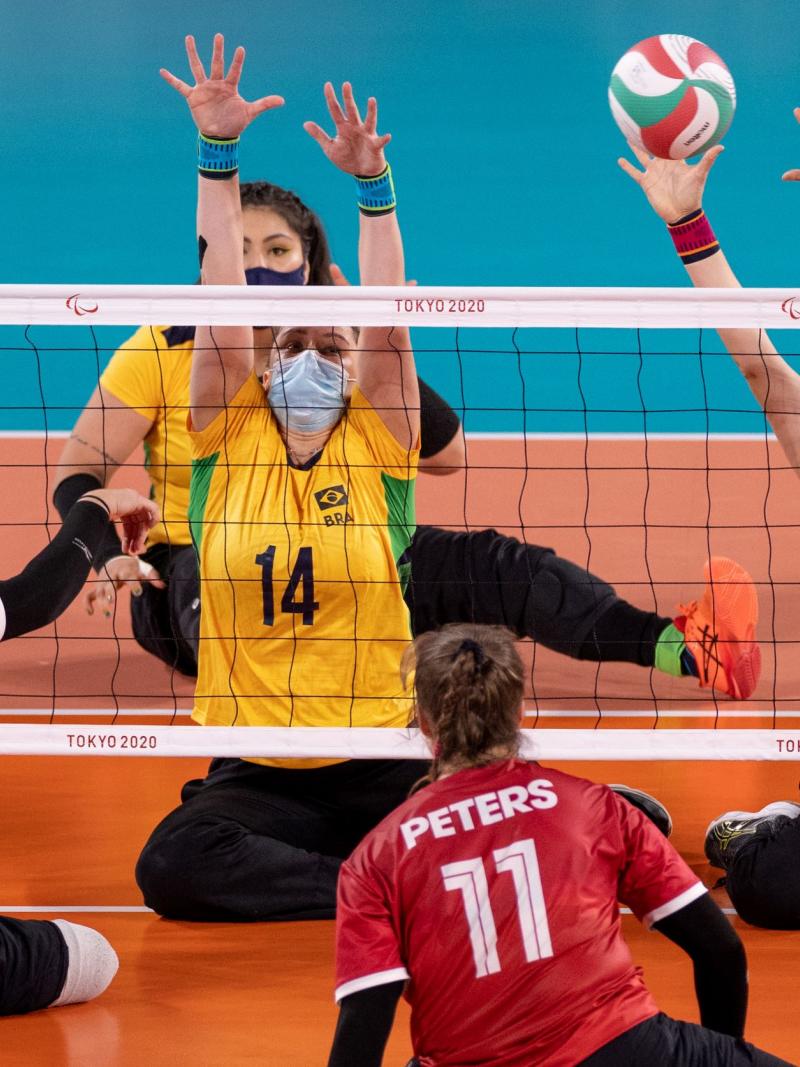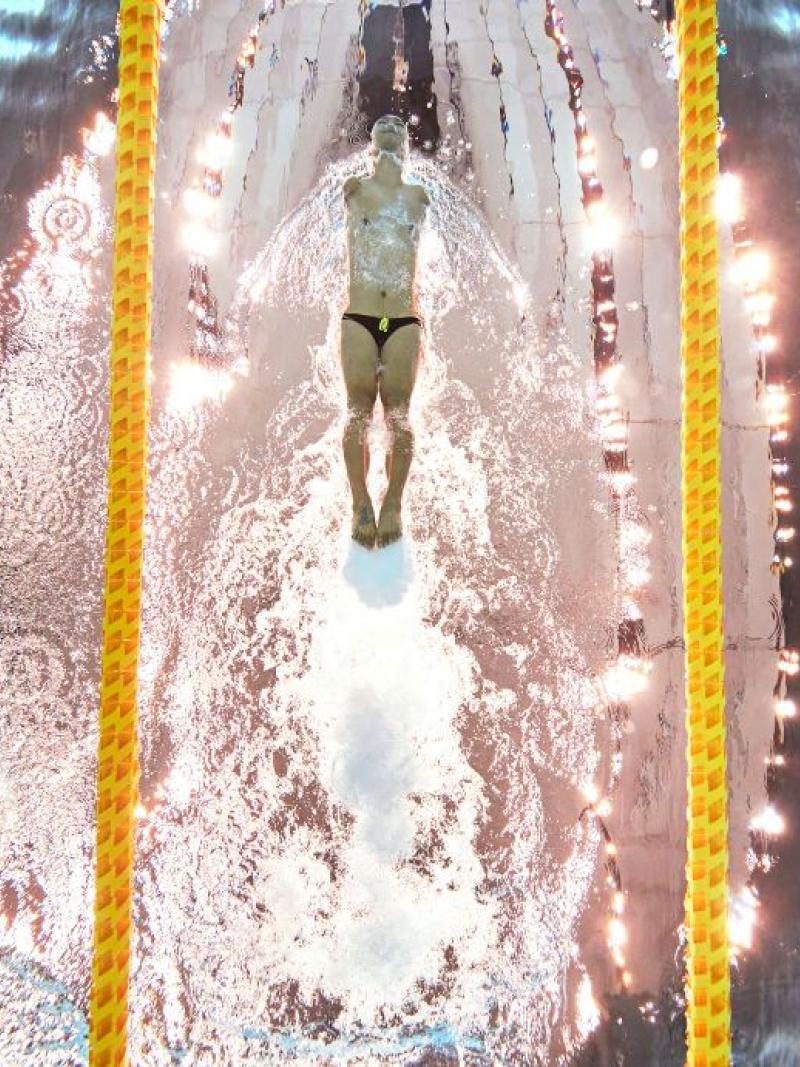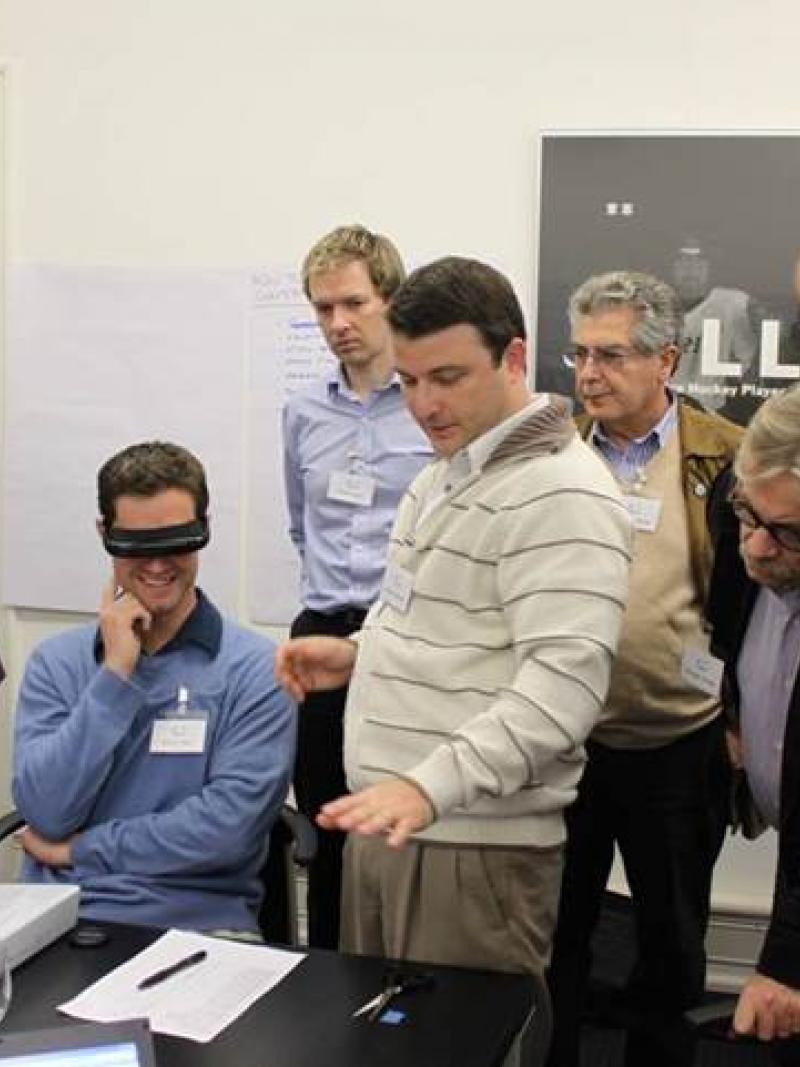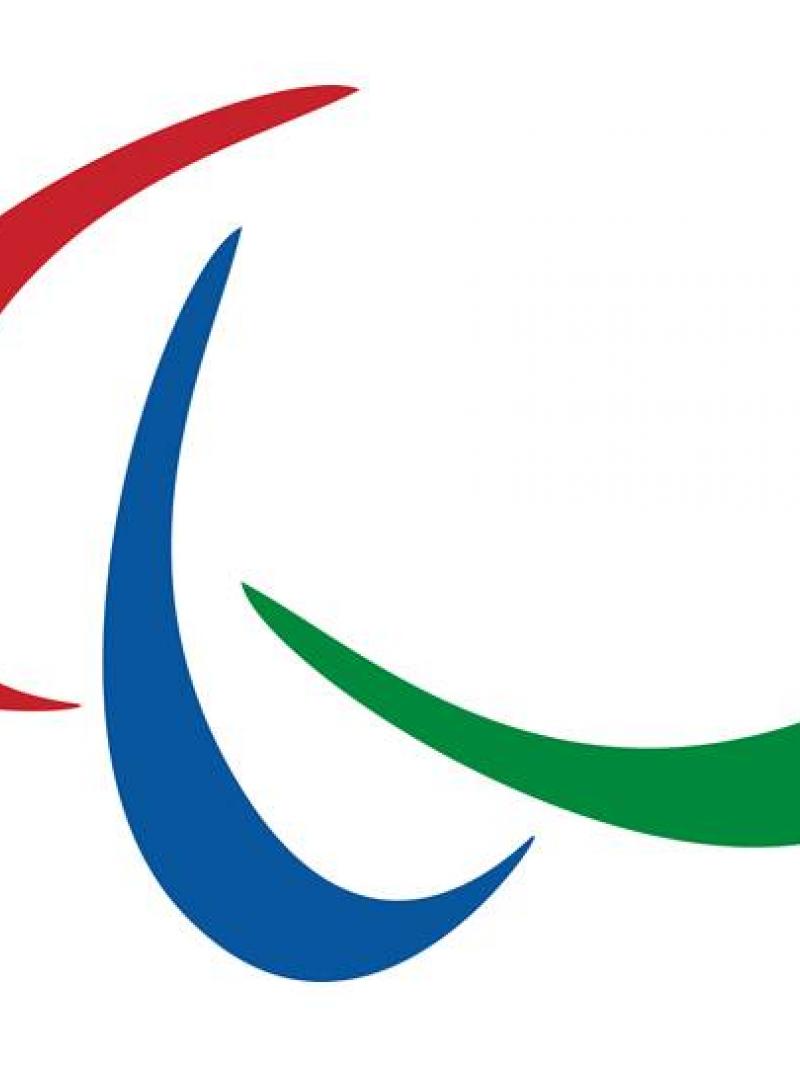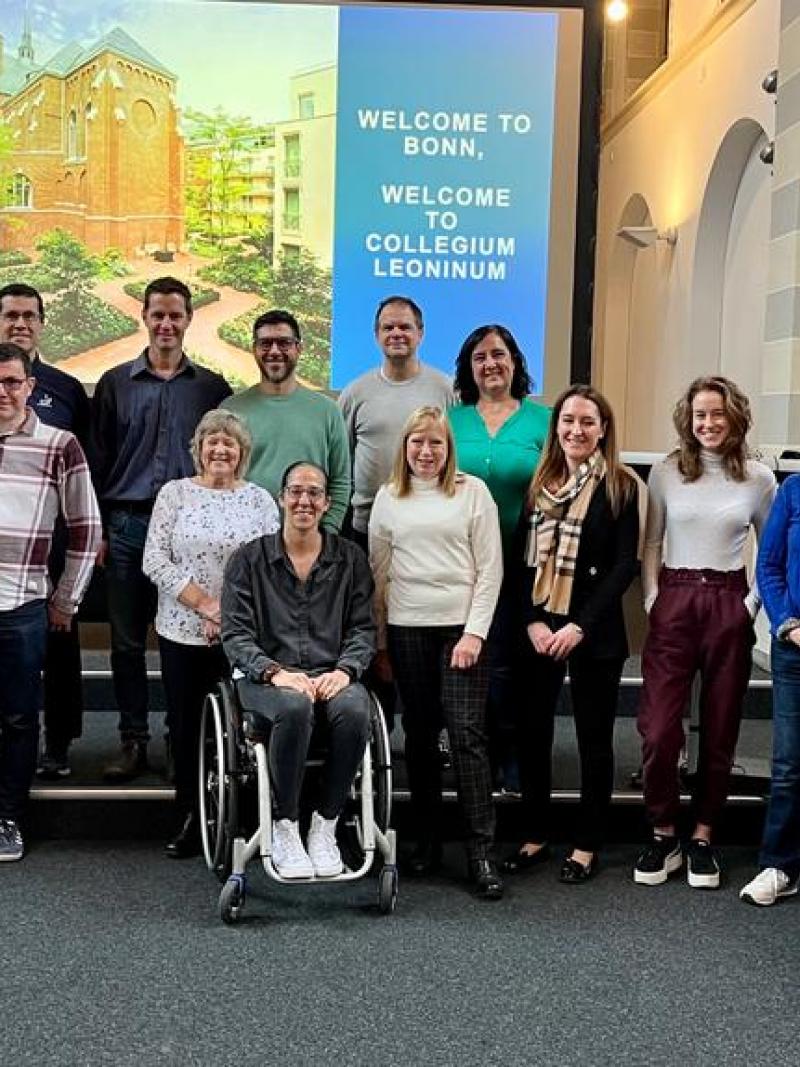Classification Code expert: "The new Code will deliver the highest standard ever"
Anne Hart, one of the world’s leading experts on classification, explains its fascinating history and how the process to integrate all stakeholders to develop an improved and more efficient Code is done 26 Oct 2023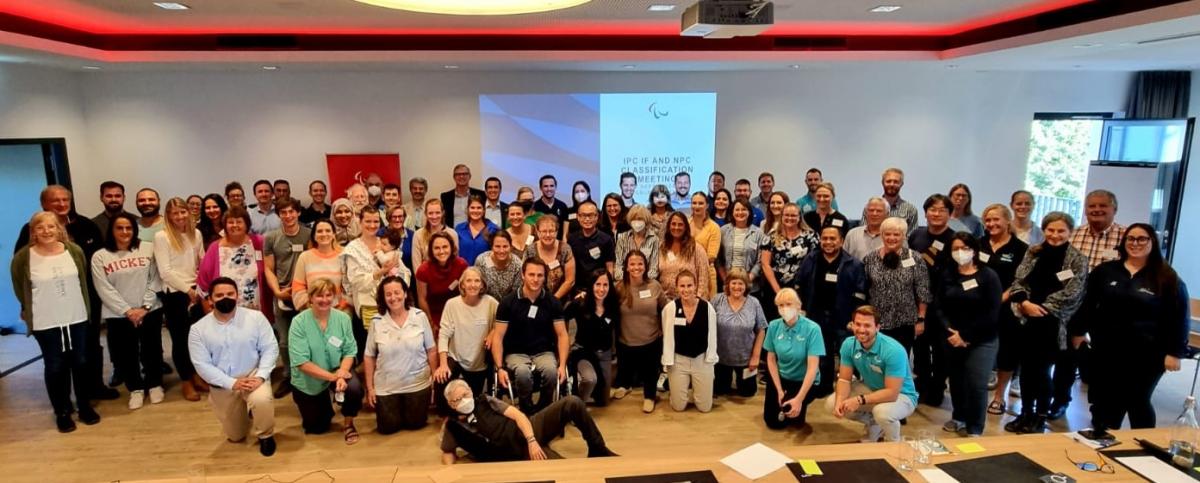
As the International Paralympic Committee (IPC) prepares to close the consultation period later this month on the final phase of the review of the 2015 IPC Athlete Classification Code, there are two people with a special interest in its resolution.
Anne Hart, an American physiotherapist and professor, and Graham Arthur, a British lawyer, were at the beginning of the journey when classification became a cornerstone of the Paralympic Movement.
Hart and Arthur are the only people to have been involved in all three Code Drafting teams that have developed the Code: the first in 2007, its successor in 2015, and now this latest review which is due to be submitted for approval at an Extraordinary General Assembly of the IPC membership in 2024 after three years of extensive stakeholder consultation.
Hart, who served on the IPC Classification Committee since its creation in 2003 and chaired it from 2011 to 2022, gives a matter-of-fact assessment on the progress made in developing the classification within the Paralympic Movement over the last two decades.
“When we first started proposing in 2003 that classification needed to be codified, quite a few people thought why bother as classification was this unanswerable question”, she explains.
“But when you’re an academic in science there is no question that cannot be answered, it’s just that it might not be answered immediately or fully answered yet.
“Twenty years on I think we are much closer to having objective reliable classification systems that people can understand. I’m very hopeful for the people taking on the torch of classification.”
The genesis of the Classification Code
The origins of the IPC Athlete Classification Code date back nearly a quarter of a century. In 1999 Anne was working with Andy Parkinson to develop international classification for wheelchair rugby. All Paralympic sports had some form of classification but when the pair attended the Sydney 2000 Paralympic Games, there was recurring theme: Movement-wide, classification seemed difficult to comprehend.
“The Aussies did a great job promoting and covering the Games,” says Hart. “However, it was clear that classification was understood differently by the entire Movement.
“From the athletes to the coaches, when someone was asked a question about classification, they couldn’t really answer it. We realised the Movement had a challenge if the athlete, the person getting classified, couldn’t get their head around it. That was the driver for Andy wanting to change things.”
Three years later Parkinson took up a newly created position as Anti-Doping and Classification Manager at the IPC and was tasked with developing a classification strategy by the IPC Governing Board. He immediately reached out to Anne to support him and, as she enlightens, the initial task was far from straightforward.
“I was there in the IPC offices in Bonn, Germany, from September to December 2004 trying to find these written rules in classification for every Para sport. It wasn’t an easy job because few sports then had an internet presence, so it was a case of tracking them down. For some sports the rules were in someone’s head, for others, especially the bigger sports, there were written rules but not published anywhere.
“It was a big task, but we got our hands on everything we could and went to work. In 2005 five of us, including Andy and Graham, led the drafting of the first Code as the Classification Code Working Group. We were supported over the next two years by the Classification Committee in its development.”
At first, Anne confides, the first version of the 2007 Code review process was testing. Some were opposed to the development of a review and didn’t want a single organisation laying down the rules, but consensus slowly built.
“To get it right we knew we needed to ensure that athletes and the public understood that the person on the podium with the gold medal around their neck was the best athlete at that moment in time – not the least impaired, but the best athlete.
“To ensure that outcome we knew we need to have consistent procedures and policies across all sports, and that athletes needed to know what they were getting into. The systems had to be objective, valid, and reliable. That was the goal of the first Code review.”
Although the first IPC Classification Code passed approval at the 2007 IPC General Assembly by a narrow margin, it was a different story for the second Code review that took place eight years later.
“In the period between the first and second Code reviews there had been tremendous buy-in from the Movement about the classification system. They could observe that it was helping them. So, in contrast to the first Code, the second was passed off without much disagreement.”
Consultation and knowledge drive new Code
Hart’s unique vantage point is that she has seen the Classification Code grow with each version. “It’s ever evolving,” she says, “Each version you think there’s elements that can be improved upon, but you don’t find that out until you start to use it. The next version picks that up however.”
That next version has been three years in the making. A multi-year review of the 2015 IPC Athlete Classification Code was approved by the IPC Governing Board in January 2021 and is now in the final stage, with the third consultation phase running between July and October 2023. Hart is excited by its development.
“There are two big differences in this Classification Code Review. First, there’s been the most widespread consultation ever with the membership and the engagement with all the stakeholders has been incredibly thorough. Second, not only is this the largest team that’s worked on a Code drafting, but it’s also the most diverse in terms of representation from across the Paralympic Movement.
“This Code drafting team has a big group of people with expertise, experience, and enthusiasm to draw upon, people around the world that are involved in classification that have used the Code and know it.”
One of the reasons that Hart is effusive with her praise for those involved to developing classification is that it has principally been developed by volunteers.
“Over the last two decades there have been a lot of people who have given up a lot of their time to move classification forward and the Paralympic Movement owes them a debt of gratitude.
“As a body of people, the classification community is a hugely committed volunteer workforce. They are passionate about it; they see what it’s done for the lives of the people they have perhaps treated or worked with in their daily lives. In the community are a lot of physios, doctors, and teachers, who see the positive impact classification has in their job and they want everyone to have that opportunity,” says Hart, who concludes by returning to her starting assertion, that classification will evolve with the science.
“Classification will always be moving forward; things are always going to change. There will be new medical care and there will be new science.
“Not so long ago on science fiction TV shows like Star Trek people used to have these little watches that they would talk into. These things exist now because of advances in science and technology.
“Who knows where science and technology will take us? Could it be possible that we’ll have a machine that athletes walk or roll into, and it scans them before telling them, “This is your impairment and the extent of it, here’s your classification, now on you go to your competition"?
“It’s possible, perhaps science will find the answers to the questions we’re asking. That’s not the case now, and it hasn’t been over the last 20 years, but what we can do now is deliver classification to the highest standard possible. I fully believe the latest classification Code review will deliver that for the Paralympic Movement.”
The third and final consultation phase of the Code review concludes on Tuesday 31 October 2023. We invite IPC Members, athletes, classifiers and wider stakeholders to engage and provide feedback on the draft Code and International Standards by completing an online form available here: CODE REVIEW: PHASE 3 CONSULTATION SURVEY (Page 1 of 12) (office.com). More information can be found on: Classification Code review (paralympic.org)





